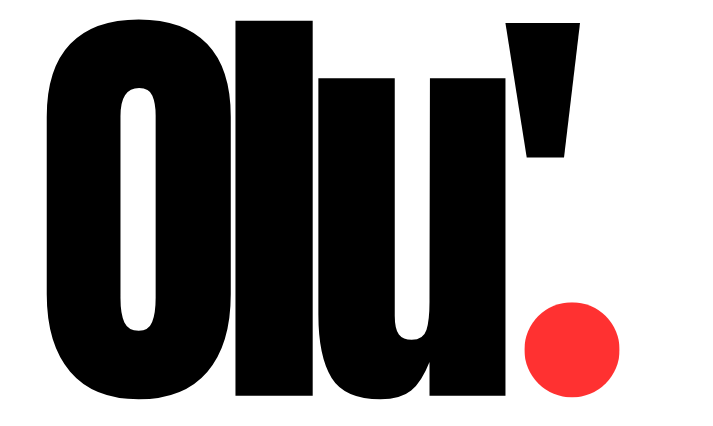I was coming into my own as a professional photographer in the late 90s when DSLRs were becoming a thing – at the time we generally referred to them as ‘professional digital cameras’. I know they were invented in the late 80s, but I first became aware of them and saw one for the first time around the time the Y2K bug was in the news, and those who owned computers were paying top naira to geeks to help them protect their precious devices from the onslaught that ringing in the new year 2000 was expected to wreak.
Only established professional photographers could buy one of those.
Only established professional photographers with a knack for experimenting with new things and with some disposable income, did buy one.
And whilst I remember one of those at whose feet I learnt a few photography tricks, who owned one, the ‘professional digital camera’ was a device that:
- no other person can touch (he had the camera locked in a safe and under his watch each time it made a journey out of the safe),
- would change the photography landscape,
- will render the skills we were acquiring soon obsolete.
At about the same time, consumer digital cameras were becoming a thing – first with consumers who had a lot of disposable cash and later affordable options began to emerge, to the point that a few short years later, a campus magazine I co-founded but which never published a single issue, made the executive decision to procure one – it was one of the most expensive pieces of equipment, myself and my co-founder purchased for our failed entrepreneurial endeavour, only slightly cheaper than the two refurbished Pentium III desktop computers we had earlier purchased.
Some of the things popular amongst early-stage professional photographers like myself, who often hang out at photo labs, waiting for our films to be processed into negatives, and then selecting from the negatives which frames should be printed and in what size; and those established professional photographers some of whom own their own photo studios, and one or two who I know personally also own their own black and white (yes, black and white pictures were popular especially with passport photographs) photo labs, was that: the digital camera would wipe out professional photographers, in time.
So, no doubt, when I left for college and my dad told me I had to park that profession (he called it a hobby, but I disagreed, as I consulted for and shot pictures of events, scenes and campaigns and made a tidy living for a teenager), I wasn’t totally disgruntled. After all, everybody will soon own a powerful digital camera and have their friends and family take pictures of them, their events and scenes.
More than 20 years later, the only thing that is true about our fears at the time and our juxtapositions is that everybody does own a powerful camera today. However, we were all wrong that the ubiquity of digital cameras would wipe out the profession of photography. If anything, professional photographers today work more efficiently, churn out better pieces of work, and live comfortable lives. And entry into the field is not as tedious as it used to be.
So, would we rather continue to panic about the advent of Artificial Intelligence and other emergent tech, or let history be our guide and choose to explore ways to exploit these emergent technologies for the good of all?
A new panic has emerged. AI will kill professional photography.
I can imagine those who now are like I and my peers were in the late 90s, huddling on their Facetime/whatsapp group chats and panicking about how AI assistants in Photoshop will remove the need for others to hire them to complete specialised tasks, instead, doing these themselves. I can imagine them asking what they have to do next. I can imagine some of them leaning into this panic and finding ways to leverage their youth, their easy access to learning, to re-invent themselves. Yet, I can imagine some giving up – rather too early.
In history, changes like this have come along often. Panic like I hinted above comes to play. But after all is said and done, we find that the panic was a waste of good energy – energy that could have been applied to some good use at the time.

